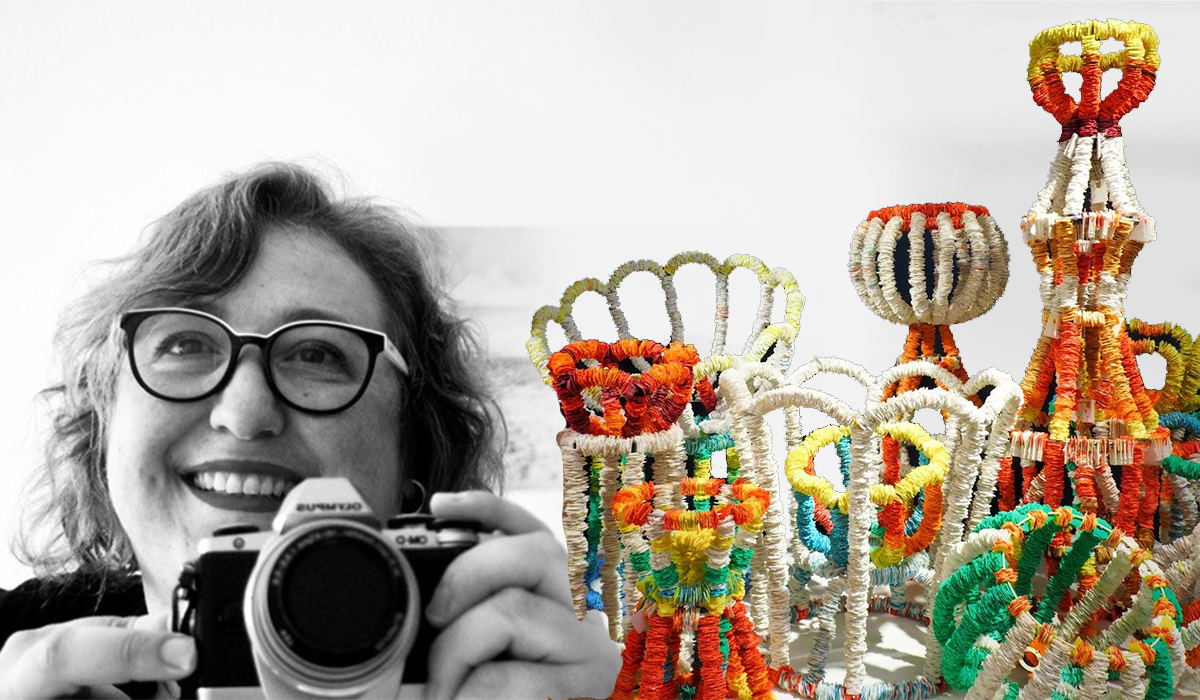 The humble breadtag may seem small and insignificant, thrown away without a second thought when the last slice of bread is pulled from the bag. But this tiny piece of plastic is having an unexpected impact and the multinational corporations are starting to pay attention.
The humble breadtag may seem small and insignificant, thrown away without a second thought when the last slice of bread is pulled from the bag. But this tiny piece of plastic is having an unexpected impact and the multinational corporations are starting to pay attention.
About nine years ago in the New South Wales regional town of Cowra, Shani Nottingham started to see breadtags differently when they were piling up on her kitchen bench.
“My son, a typical teenager, would come home from school and eat loads and loads of bread; our nickname for him was ‘carb boy’. He was a messy teenager and would leave the breadtags on the bench,” Shani explained.
“Instead of putting them in the bin I put them in a bowl, then one day I thought, ‘they are actually quite pretty’, and I wondered what I could do with them.”
A creative at heart, Shani started playing with the breadtags in her art and the response she got when she posted them online was positive.
Shani was “just having fun”, but after she completed a business course and was asked what made her different, she turned to her husband Jason for advice. He answered: “Where do I start, but who else plays with bloody breadtags?!” This prompted a rabbit-hole journey in breadtag research, art and a crusade against single-use plastics.
“I went into it very innocently but after some research realised these are really bad. The type of plastic breadtags are made from makes it really hard to recycle them and it’s really bad for the environment; this plastic is actually banned in some countries.”
Shani’s research took her on the journey of how breadtags were invented, why they come in different colours and designs and even how they are banned in the UK because they’ve caused choking deaths. The curious and interesting revelations she has revealed are forming the foundation for a book.
The research also uncovered a desire to raise awareness about the breadtag as a single-use plastic, leading Shani to take her call for breadtag donations to social media where she used bright and colourful breadtag creations to capture an audience.
-png.png)
“The breadtags are a really good visual thing - one breadtag is a tiny thing, but add another one and another one and you can see how it becomes a mass problem.
“The only attention I wanted was to get the message across about single use plastics,” she said.
And that’s exactly what has happened. First Canadian magazine Uppercase published a four-page spread, then Frankie Magazine ran a blog which was picked up by SBS. All the while, millions of breadtags were being mailed to Shani from across the world. So far she has breadtags from 17 countries and counting.
“I am trying to get the world’s most comprehensive collection of breadtags before they become extinct.
“We are all hoping all single use plastics are being phased out - that means breadtags will become extinct, in the same way one and two cent coins are or metal bottle caps are.”
Shani is meticulously photographing every delivery she receives, then adds the person to a database of everyone who has contributed to The Breadtag Project, before classifying the tags into her enormous collection (she is looking at hiring storage space just to fit them).
While most of the collection is divided into crates according to colours, Shani has a “Doomsday Collection” in glass jars representing all the different designs of the simple breadtag.
Shani is excited to see Tip Top Bakeries move to cardboard breadtags and she is confident others will follow their lead so plastic breadtags will be phased out – made extinct - in Australia.
For Shani, this will be the happy ending for The Breadtag Project.
What will happen to the millions of breadtags she has collected? Shani intends to donate 95 per cent of them to the Breadtags for Wheelchairs charity, while she will keep her artworks, which crossover into installations, 2D art and drawings, and the Doomsday Collection for herself – although there is some museum interest in the collection.
The Breadtag Project on Facebook
The Breadtag Project on Instagram
 Results
Results
